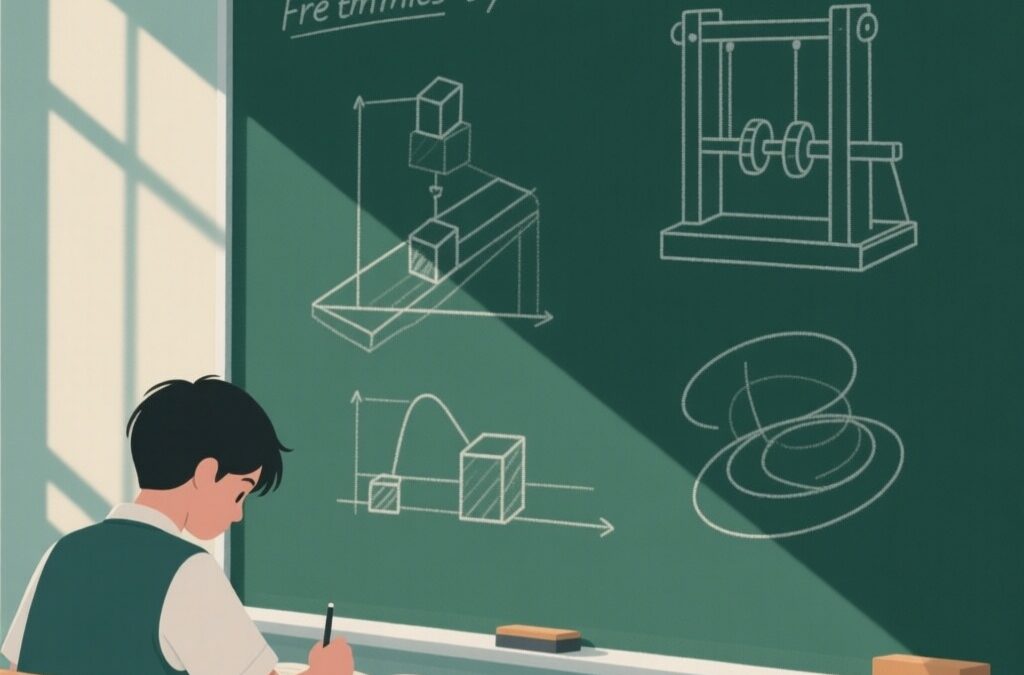Embark on a journey through the fundamentals of motion in physics with our carefully curated collection of the top 20 questions, tailored specifically for Class 9 Physics standard. These questions have been thoughtfully selected to help students quickly grasp the core concepts of the subject. Whether you’re a Class 9 student preparing for exams or simply eager to delve into the world of physics, this set of questions will serve as an indispensable guide to unravel the intriguing aspects of motion in the context of your grade level.
1. What is Motion?
Answer
– Motion is the change in an object’s position over time.
2. What are the Types of Motion?
Answer
– Types include linear, rotational, and oscillatory motion.
3. How is Motion Observed?
Answer
– By changes in an object’s position relative to a fixed point.
4. What is a Reference Point in Motion?
Answer
– A stationary object used to compare the change in position.
5. Why is Motion Relative?
Answer
– Because it depends on the observer’s frame of reference.
6. What is Uniform Motion?
Answer
– Motion at a constant speed in a straight line.
7. What is Non-uniform Motion?
Answer
– Motion with varying speed or direction.
8. What Role does Speed Play in Motion?
Answer
– It quantifies how fast an object moves.
9. How is Velocity Different from Speed?
Answer
– Velocity includes speed and direction of motion.
10. What is Acceleration?
Answer
– Change in velocity over time.
11. Why is Understanding Motion Important?
Answer
– It’s fundamental to physics and helps explain real-world phenomena.
12. What is the Role of Forces in Motion?
Answer
– Forces cause or change motion.
13. How Do We Measure Motion?
Answer
– Using distance, speed, velocity, and acceleration.
14. Can Objects be in Motion and Still at the Same Time?
Answer
– Yes, depending on the observer’s frame of reference.
15. What is an Example of Linear Motion?
Answer
– A car driving on a straight road.
16. What is an Example of Rotational Motion?
Answer
– Earth rotating around its axis.
17. What is an Example of Oscillatory Motion?
Answer
– A pendulum swinging back and forth.
18. How Does Gravity Affect Motion?
Answer
– It pulls objects towards each other, affecting their paths.
19. What is the Difference Between Distance and Displacement?
Answer
– Distance is the total path length; displacement is the shortest distance from start to end point.
20. How is Motion Represented Graphically?
Answer
– Using distance-time and velocity-time graphs.







0 Comments